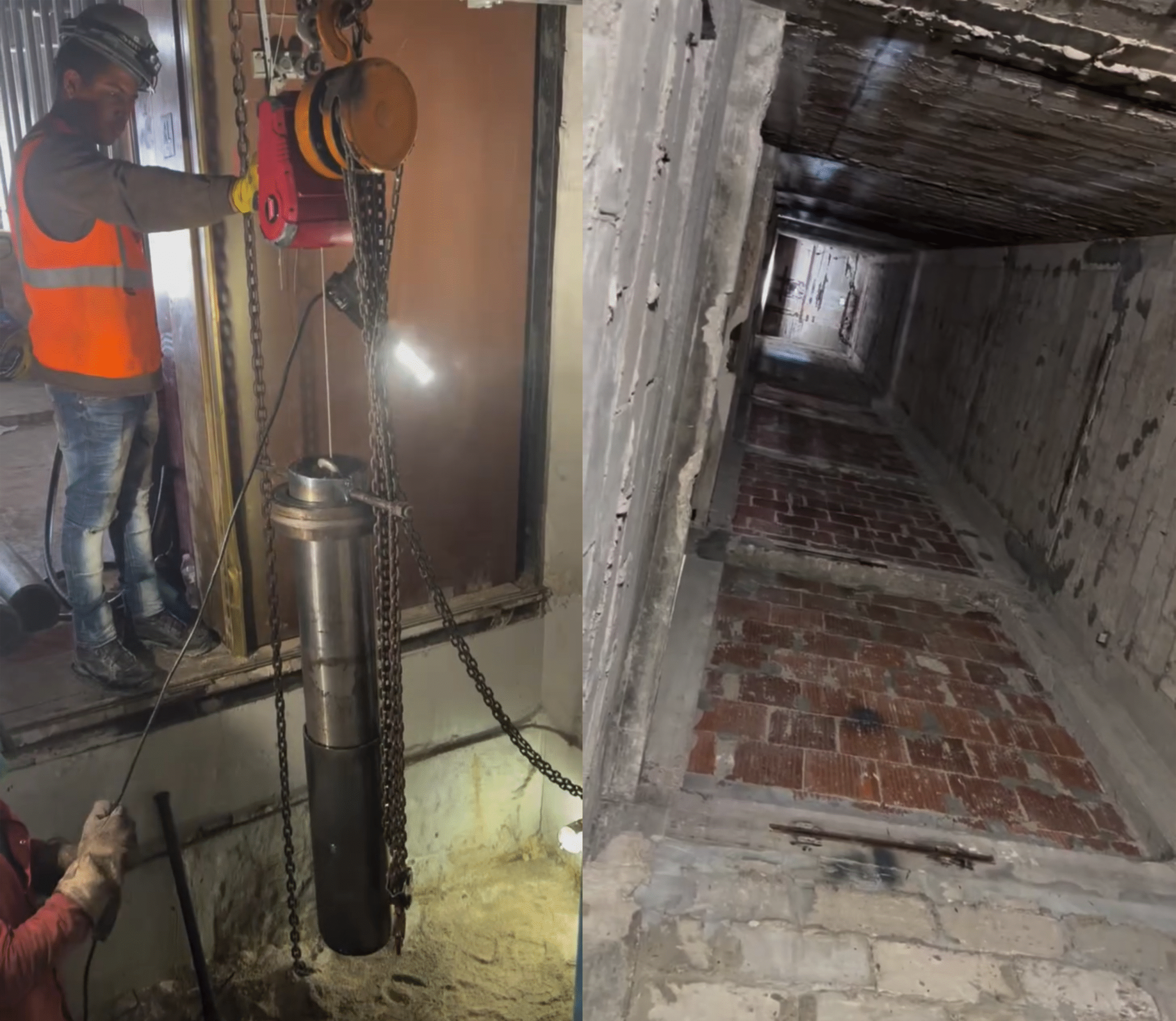Improper elevator removal can lead to safety hazards, structural damage, and costly delays. Our team handles every step with precision, so your project moves forward with confidence.

The elevator system and surrounding structure are inspected to determine the best removal approach. Engineers assess weight, attachment points, and potential hazards. A detailed removal plan is developed, ensuring compliance with safety regulations.
The elevator is shut down, and all electrical, mechanical, and hydraulic systems are safely disconnected. Fire alarms and emergency power sources linked to the elevator are also disabled to prevent accidental activation.
The elevator car is secured and lowered to the ground level or nearest access point. Doors, call buttons, and control panels are removed to reduce weight and make handling easier.
The counterweights, cables, and pulley systems are carefully dismantled to prevent uncontrolled movement. Specialized equipment such as cranes or lifts may be used for heavy components.
Guide rails, support brackets, and structural components inside the shaft are removed. If the shaft itself is being demolished, additional structural reinforcements may be required before removal.
All removed materials are sorted for recycling or disposal. The site is cleared of debris, and final safety checks are performed. If a new elevator is being installed, the area is prepped accordingly.


